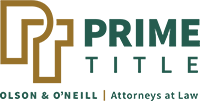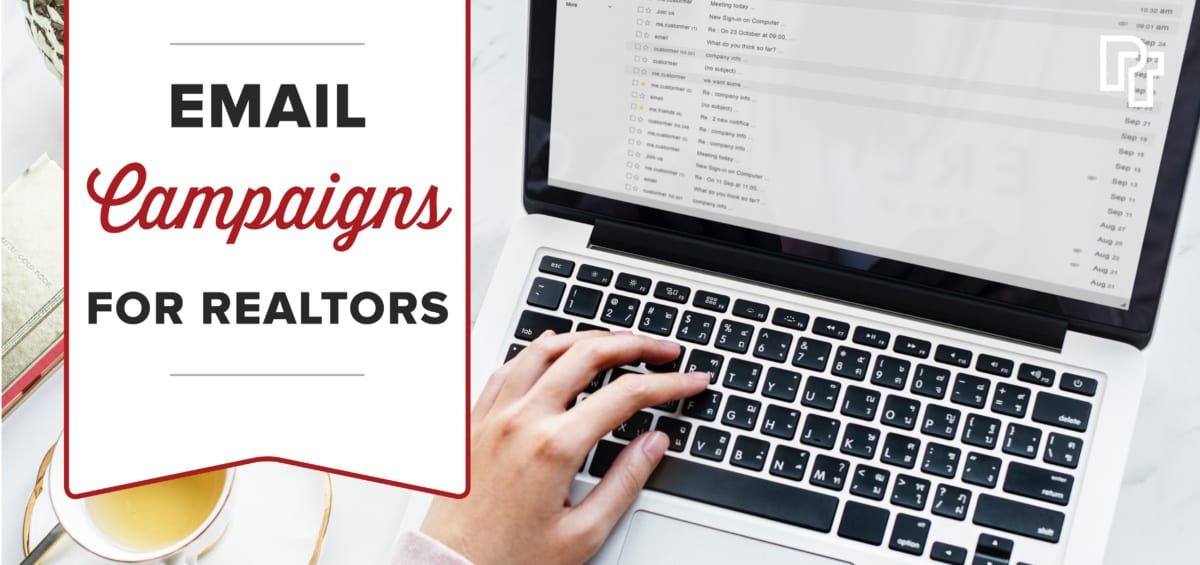Realtors that aren’t using email campaigns as part of their marketing strategy are putting themselves at a disadvantage. Why?
Because email works. According to McKinsey & Company, email is a more effective way to acquire customers than social media – almost 40 times more effective than Facebook and Twitter combined. Ninety-one percent (91%) of US consumers use email daily, which gives email campaigns leverage over social media campaigns.
But creating an effective email campaign isn’t as simple as sending out random emails periodically to your contact list. It requires you to develop and execute an email marketing campaign that delivers relevant and insightful information to clients and prospects.
Keep in mind that the end-goal of an email campaign isn’t to sell to your database, but to foster those leads so they remain loyal clients who also send referrals. That said, the most important part of your email campaigns is going to be the content. You want to keep your clients engaged so that they want to open your emails.
Here are some of the most popular types of emails Realtors send to connect with clients and prospects:
-
- Local market trends and updates on home prices and sales.
-
- How-to emails, such as how to clean, how to stage a home or how to shop in the current market.
-
- Local community events calendar that includes open house showings.
-
- Home-buying tips that cover areas such as financing, insurance and interest rates.
-
- Home-selling tips, such as home improvement trends, contractor advice and open house decorating ideas.
- Announce an incentive, such as raffles and giveaways for various reasons, including attending an open house or sending a referral.
The most important thing to remember when creating the content is that it has to be relevant to your audience. Otherwise, they will delete it and any future emails without engaging with you.
When structuring your emails, there are a few key elements that you need to carefully craft and include in your emails.
-
- Subject line. The subject line is the most important element because it determines whether or not the email will get opened. Keep it short, friendly and intriguing to induce the receiver to open it.
-
- From line. Make sure to use your name in the from line to establish trust with the receiver. Business names often indicate spam, and most people are leery of opening them.
-
- Captivating angle. Your clients and prospects want to learn something new and exciting when they read your email. Deliver.
- Call to Action. The CTA is important because it lets the receiver know what to do next or what is expected of them. Just make sure it is compelling and clear.
When it comes to deciding how often to send the emails, that depends on your customer lifecycle. The frequency should be based on purchase cycle profile. This means you need to have a good grasp on how long it takes to acquire a client and see them through closing.
Once you establish your email marketing plan, it is up to you to dedicate the necessary time and energy to ensure your campaign is successful.
Bonus Point:
It may be worth it to you to keep “old leads” in your email list to try & capture them later on if they weren’t ready to buy or sell yet.
We’d love to hear how you do Email Campaigns!







